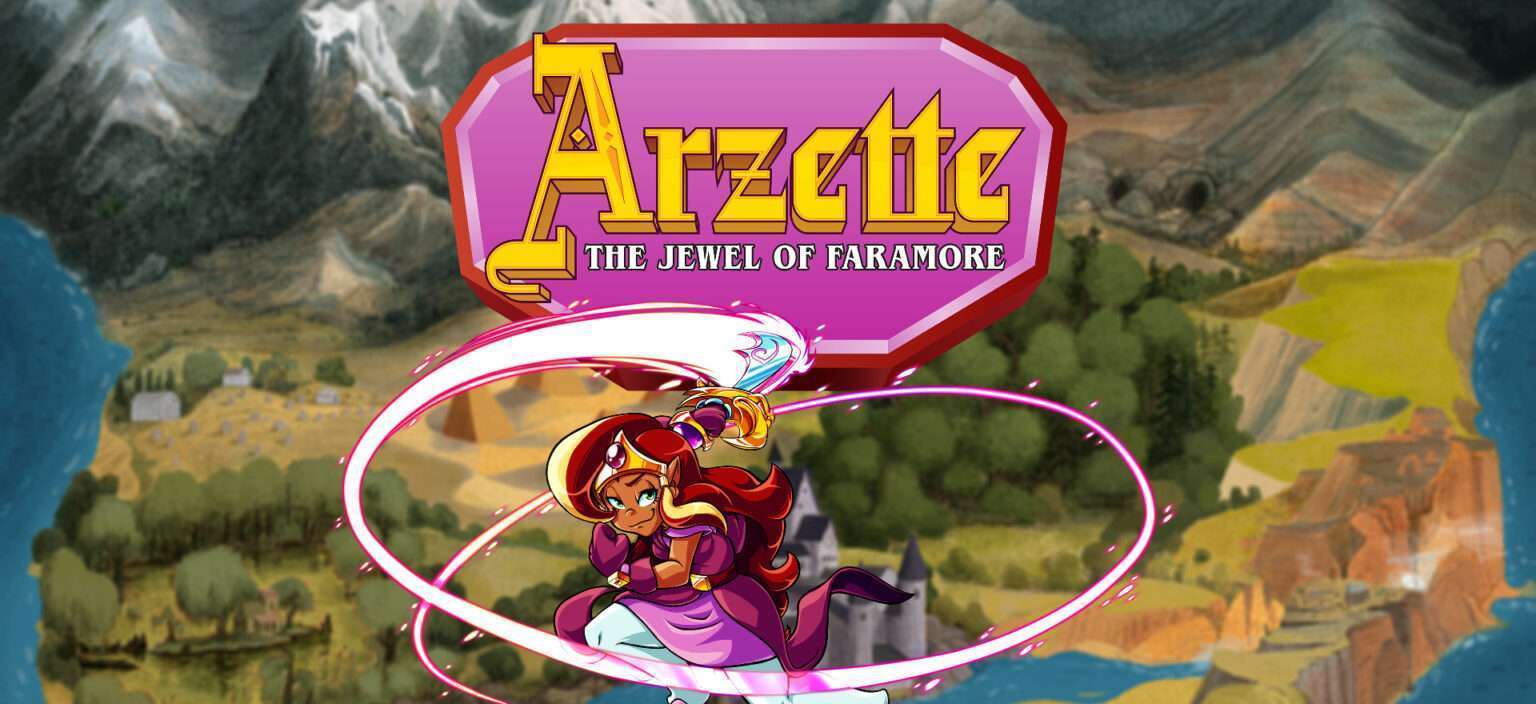This review is for the Steam version, the game is also available on the Nintendo Switch, PlayStation 4 & 5 and Xbox One & Series X/S
We’ve seen all kinds of revivals or inspirations from the past. Arzette: The Jewel of Faramore makes us think back to one of the strangest happenings in gaming; that time Nintendo gave Philips permission to use their characters in games for their ill-fated CD-i. It follows the design of the first two Zelda games this deal resulted in. Is this a game all true gamers strive for? Let’s find out!
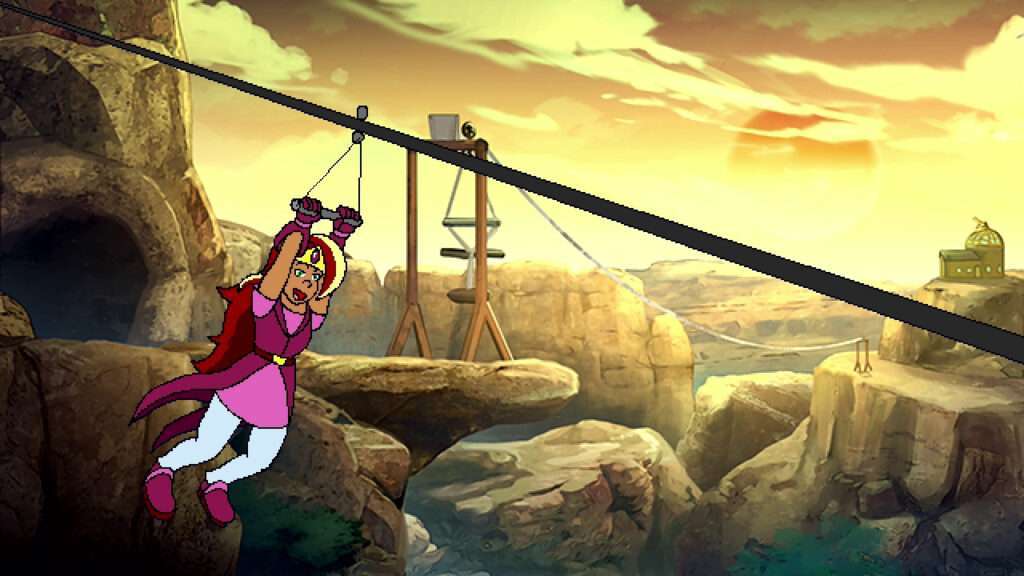
Perhaps too familiar
To start, I was one of the (un)fortunate souls to have a CD-i and these notorious games when the system was relevant (and still do). They’re decent fun and actually competently build action platformers, for their platform at least. Their questionable animated cutscene have mainly served as entertainment for the internet at large and it has no doubt saved these games from total obscurity.
Arzette promises a new adventure in this style, featuring some of the same quirks, but also updating things a little to create a more enjoyable time playing the game. One area it tries to stay faithful though, is in the cutscenes and it almost fully succeeds here.
The game tells a different story, but it almost reads like a soft sequel to The Wand of Gamelon, but all the characters get a stand in. It’s a shame that there is not a more original story and setting here, as the parallels and references are so strong, that it borders on becoming a mockery. If you love the memes the CD-i games have spawned, there will be much to like, but if you are coming in fresh, be ready for a lot of random nonsense.

The style is near spot on however, including the odd zooms and weird character movements. It’s also acted out very well, with that right amount of over acting. But the animations aren’t very consistent, unlike those from 30 years ago. The frame rate often drops very low and scenes also tend to drag on much longer. It is hard to intentionally capture accidental campiness and for me it didn’t really land here.
Fun to explore
Cutscenes can be skipped however and this gets you to the gameplay faster, which I’m happy to say, is solid in its own right. As stated, this is an action platformer in which you need to traverse 15 levels. You’ll be visiting most of these multiple times, as you’ll constantly run into barriers for which you need some upgrades or new items.
This gives the game some light metrovania elements and a non-linear progression that is nicely designed. Upon lighting a beacon in some of the levels, more will unlock and you’ll usually have multiple locations to explore and grab some items in. Stages are fairly short, so it never takes too long to get to one of those pesky hurdles that was keeping you from that shiny price previously.
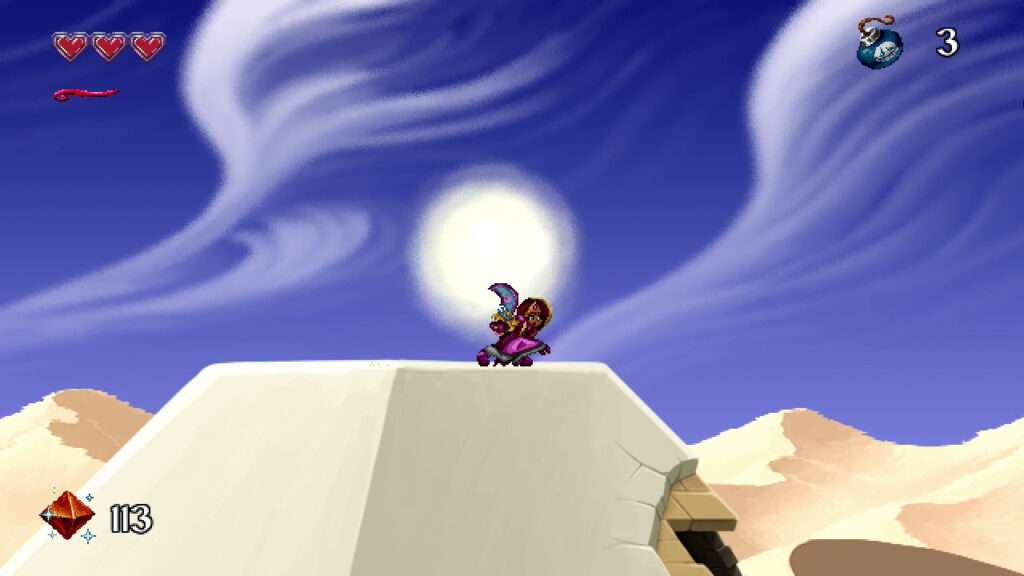
There’s also some movement upgrades to aide in exploration, like a double jump or faster running speed. Of course there will be some active items too, like bombs to blow up some rocks or some others to get rid of particular barriers. Most also have some use in battle, like the flute that can kill airborne enemies.
Your sword might not be enough!
Arzette also has her trusty smart sword to do battle and soon enough also gets access to the originally named ‘intelligent gun’ for some long range capabilities. This eventually can shoot both red and blue magic bullets, which are required to get rid of certain obstacles as well as a shield on some enemies.
This requires you to constantly switch the bullet type, which can be done with one of the right shoulder buttons on the fly. For some reason, items don’t have this luxury and you’ll be constantly opening up the menu to change out items to use, especially since for example the lantern keeps needing to be relit in dark places once it runs out of oil.

One of the left shoulder buttons is used for activating the shield, which protects again all projectiles and is very handy. This however leaves two whole shoulder buttons unused, so why these couldn’t be used to switch items is a bit odd.
But let’s not complain too much though, as those CD-i classics only had two action buttons TOTAL to work with. So having a dedicated jump, item and inventory button are already making things so much better! All buttons are also fully customizable, along with a solid selection of languages. These only alter the text and (optional) subtitles, but are great to see non the less.
Nailing the style with refinements
Something else that’s done really well, is the presentation outside of those scenes. There are many great music tracks that took inspiration from Tony Trippi’s original works on the CD-i to fit the different levels. Many sound effects also sound very familiar and fit well with the action here.
The sprite work especially is spot on in regards of style for the characters and enemies. The levels also feel familiar in their structure and graphical design, although backgrounds are more subdued and less detailed. This contrast makes it clear where you can and cannot go, something that often was quite confusing in those CD-i originals.
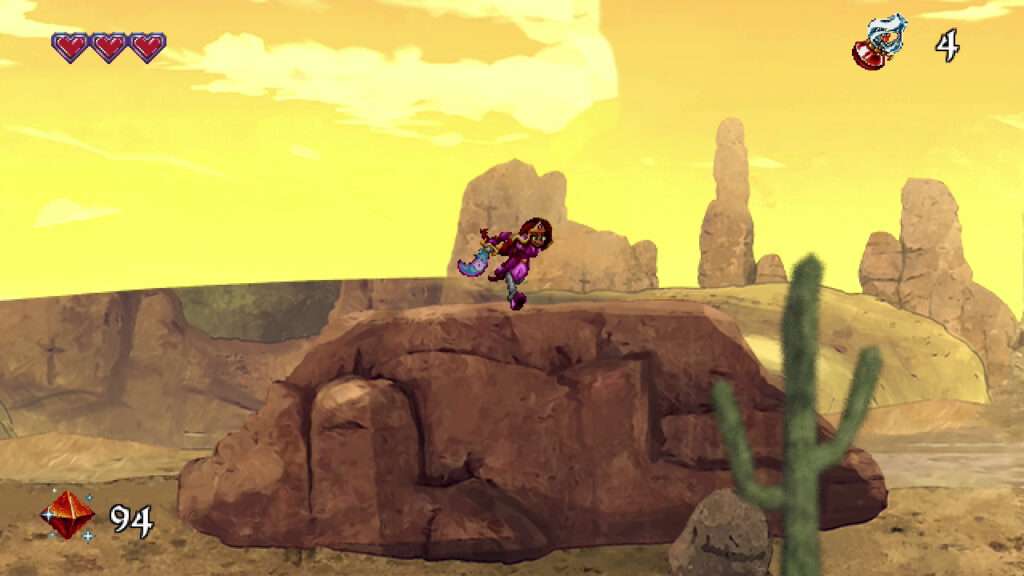
Here everything just stands out and that’s great, as there’ll be plenty of stuff flying your way and with just three starting hearts, it won’t take much to kill you. Luckily this just sends you back to where you entered the screen or to the checkpoint, making it always easy to push through.
Focus on replayability
On casual mode enemies even drop health, making the game a total cake walk. Though it will take some time to get used to the particular hit boxes and somewhat cheap design, which is mostly a faithful recreation of some annoyances of those older games, though to a lesser extent. You’ve actually got some invulnerability time once you get hit here!
Upon beating the game you’ll unlock a boss rush and hero mode. There’s a classic mode and one shot mode to unlock later on as well, each upping the difficulty considerably. The game takes about 3 to 4 hours to beat initially, but through prior knowledge and efficient routing this can be cut down considerably and this routing is quite satisfying. It’s also nice to see that the level design has some of these challenges in mind.
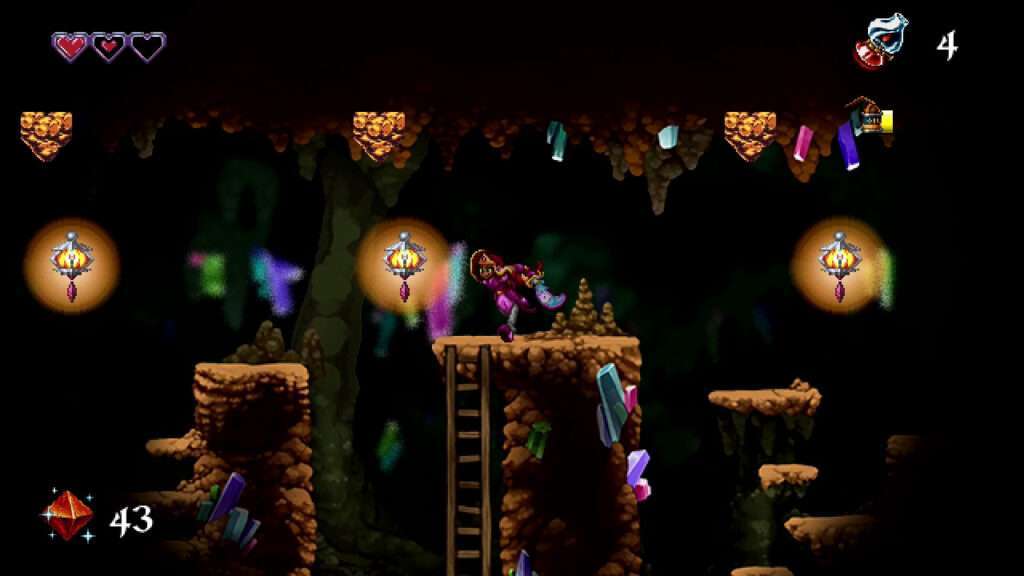
End game
If going for speedruns, items may become a real issues, as you’ll need to ration out your bombs for spots where they are required. If you are just normally going through the game though, items and resources are so easy to come by or outright buy with the bucketloads of rubies you’ll gather, that it takes away some of the challenge of the game.
Bosses are also pretty much a non-issue, though they at least put up a fight, unlike those who came before on CD-i that just had you throw a random item at them. The boss rush without items also makes them a lot more interesting (and somewhat frustrating) to fight.
When going for 100%, there are plenty of side quests and collectibles to hunt down. Not all of which are very useful, but that has never stopped a completionist, right? What is a little disappointing is that the back half of the game seems a little rushed in comparison with the first half. NPC’s are no longer voiced and some progression items are just found in some corner of a level.
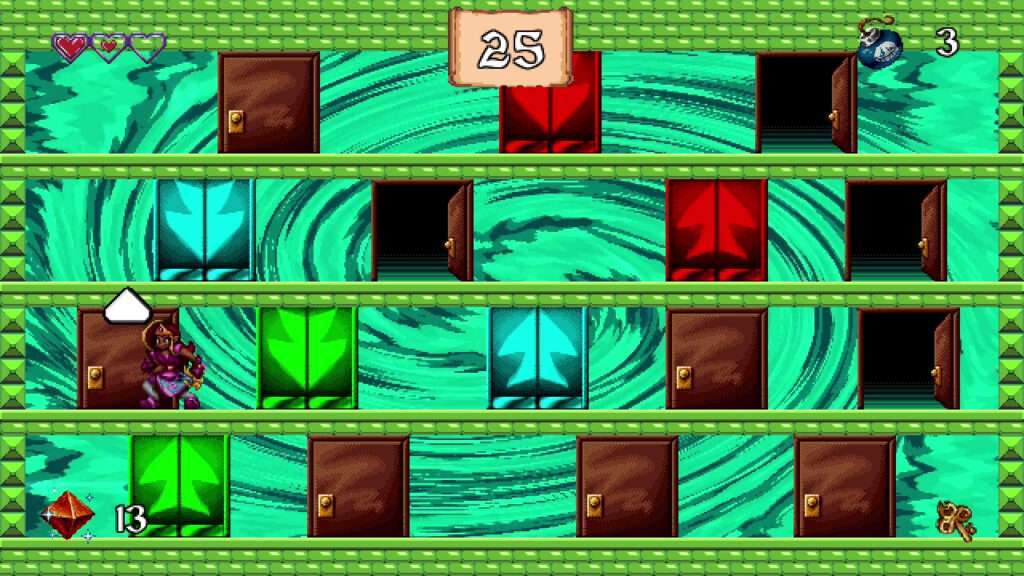
Arzette offers a rather short, but rewarding non-linear adventure. It invites you to multiple playthroughs and just have a laugh with the zany style. The humour is really hit or miss and depends on the person. If you are a firm devout of the church of YouTube Poop however, this is a definite must for the cutscenes alone.
Pros
- Fun non-linear level design
- On point presentation
- Dat animation style!
Cons
- Bordering on mockery
- Somewhat stiff (by design)
- Dat animation style!


